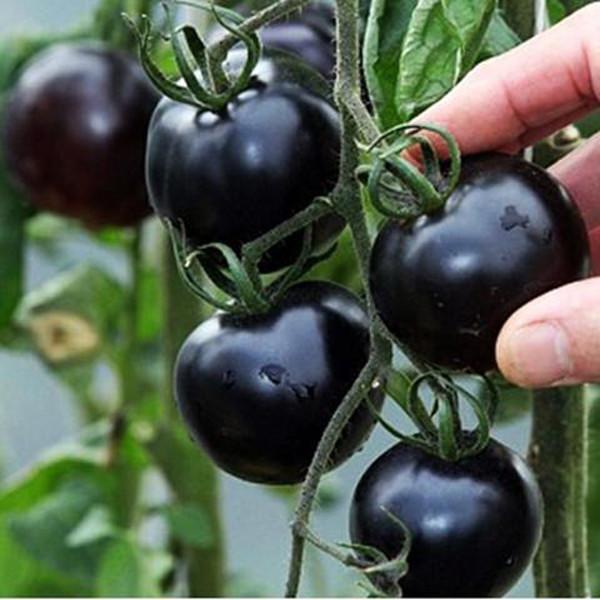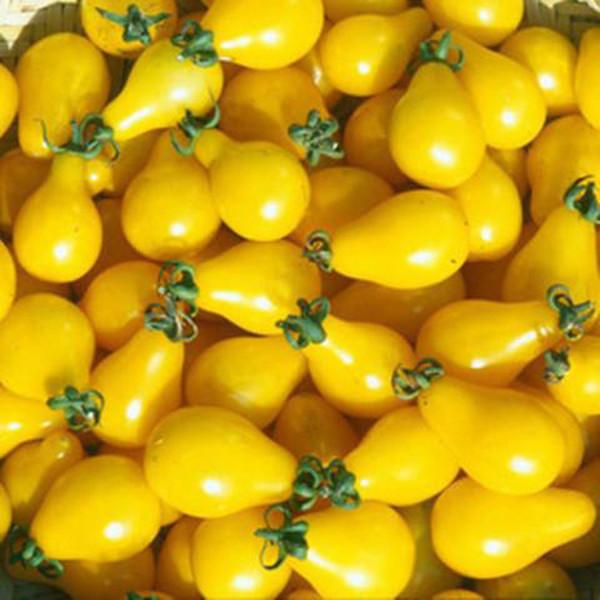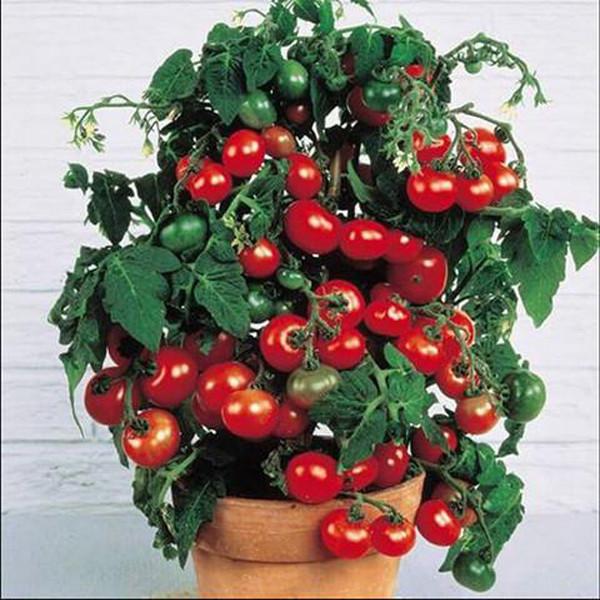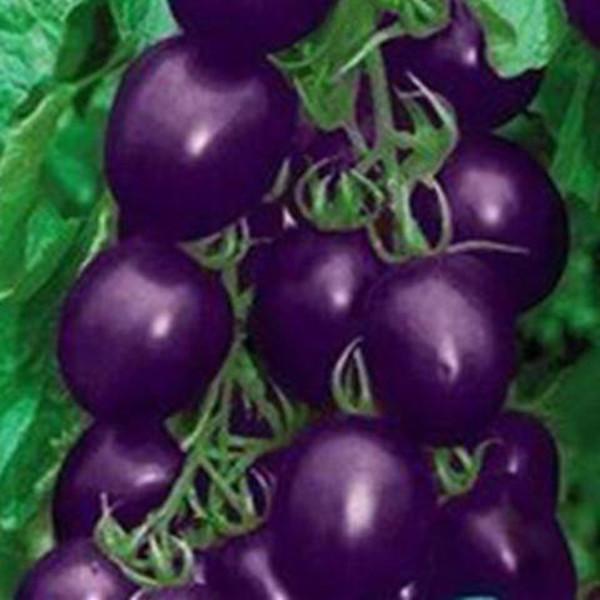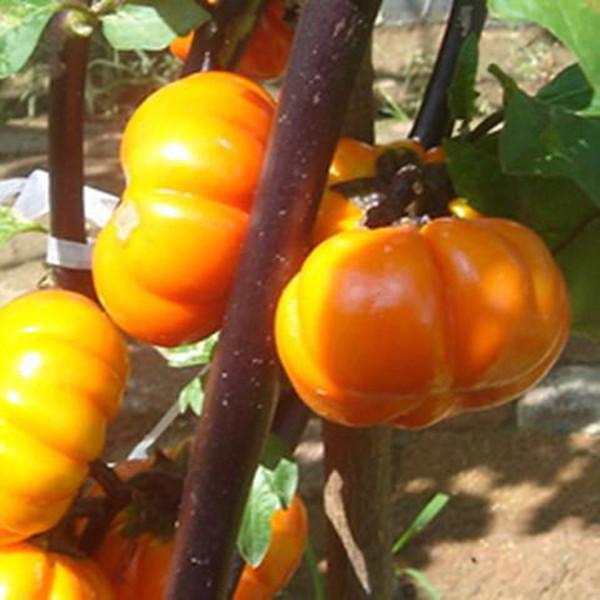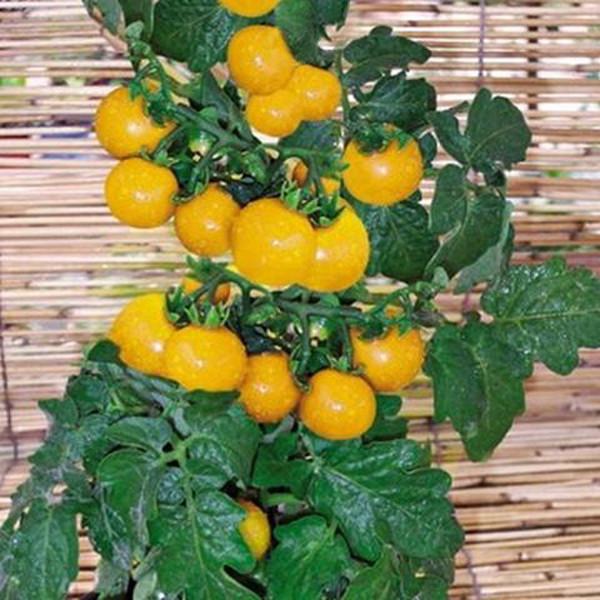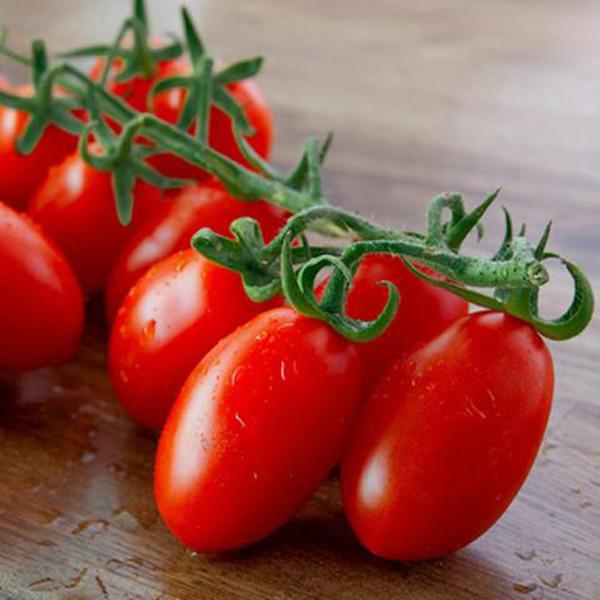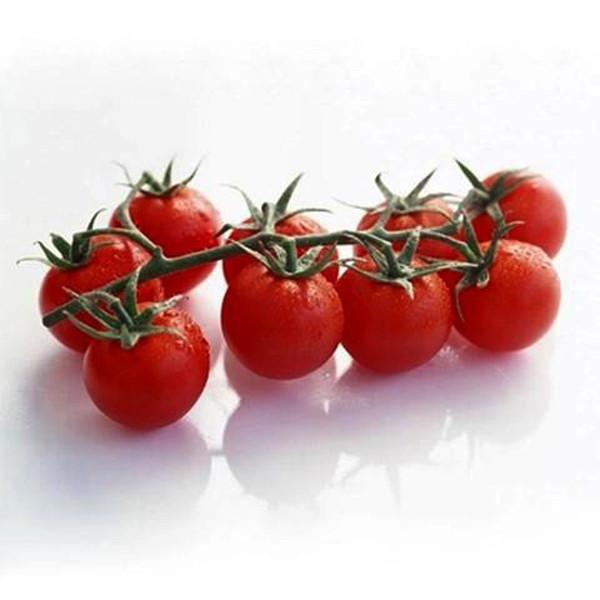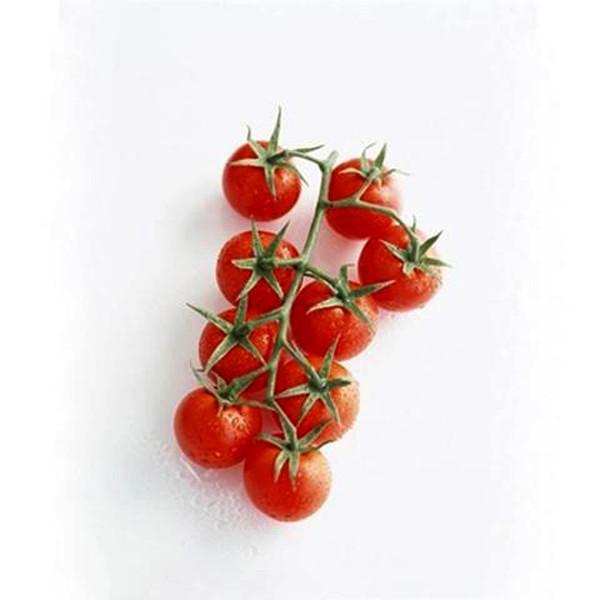- Historical context: Tomatoes have a rich history dating back to the early civilizations of the Americas. They were first cultivated by the Aztecs and Incas as early as 700 AD.
- Geographical origination: Tomatoes are native to western South America, specifically the Andean region, which includes parts of modern-day Peru, Bolivia, Chile, and Ecuador.
- Relevant cultural significance: Tomatoes were initially met with suspicion in Europe due to their relation to the nightshade family, but they eventually became a staple in Mediterranean cuisine.
- Time period of discovery: Tomatoes were introduced to Europe in the 16th century by Spanish explorers.
- Original habitat: Tomatoes originally grew in the wild in the Andean region, thriving in the warm, sunny climates of the highlands.
- Notable historical uses: Historically, tomatoes were used not only as food but also for ornamental purposes in European gardens before their culinary potential was fully realized.
- Ideal temperature range: 70-85°F (21-29°C) during the day and not below 50°F (10°C) at night.
- Soil type: Well-drained, fertile soil with a pH of 6.0 to 6.8.
- Sunlight requirements: Full sun (at least 6-8 hours of direct sunlight per day).
- Watering needs: Consistent watering is crucial. Keep the soil evenly moist but not waterlogged. Water at the base of the plant to avoid wetting the foliage.
- Planting season: Tomatoes are typically planted in the spring after the last frost date. In warmer climates, they can also be planted in the fall.
- Germination time: 5-10 days under optimal conditions.
- Growth cycle duration: Tomatoes generally take 60-100 days from transplanting to harvest, depending on the variety.
- Common pests and diseases: Aphids, tomato hornworms, whiteflies, and diseases like blight, fusarium wilt, and mosaic virus.
- Companion planting advice: Good companions include basil, marigold, garlic, and carrots. Avoid planting near brassicas and corn.
- Common challenges and solutions: Tomatoes can suffer from blossom end rot, which is often due to inconsistent watering or calcium deficiency. Mulching and regular watering can help prevent this.
- Nutritional values: Tomatoes are rich in vitamins A, C, and K, as well as potassium and folate. They are also a good source of antioxidants, particularly lycopene.
- Health benefits: Lycopene in tomatoes has been linked to reduced risk of heart disease and cancer. Tomatoes also support skin health and vision.
- Culinary uses: Tomatoes are incredibly versatile in the kitchen. They can be eaten raw in salads, cooked in sauces, soups, and stews, or used as a base for condiments like ketchup and salsa.
- Medicinal uses: Tomatoes have been used in traditional medicine to treat various ailments, including digestive issues and inflammation.
- Other unique advantages: Tomatoes are known for their ability to enhance the flavor of other foods when cooked together, making them a favorite in many culinary traditions.

